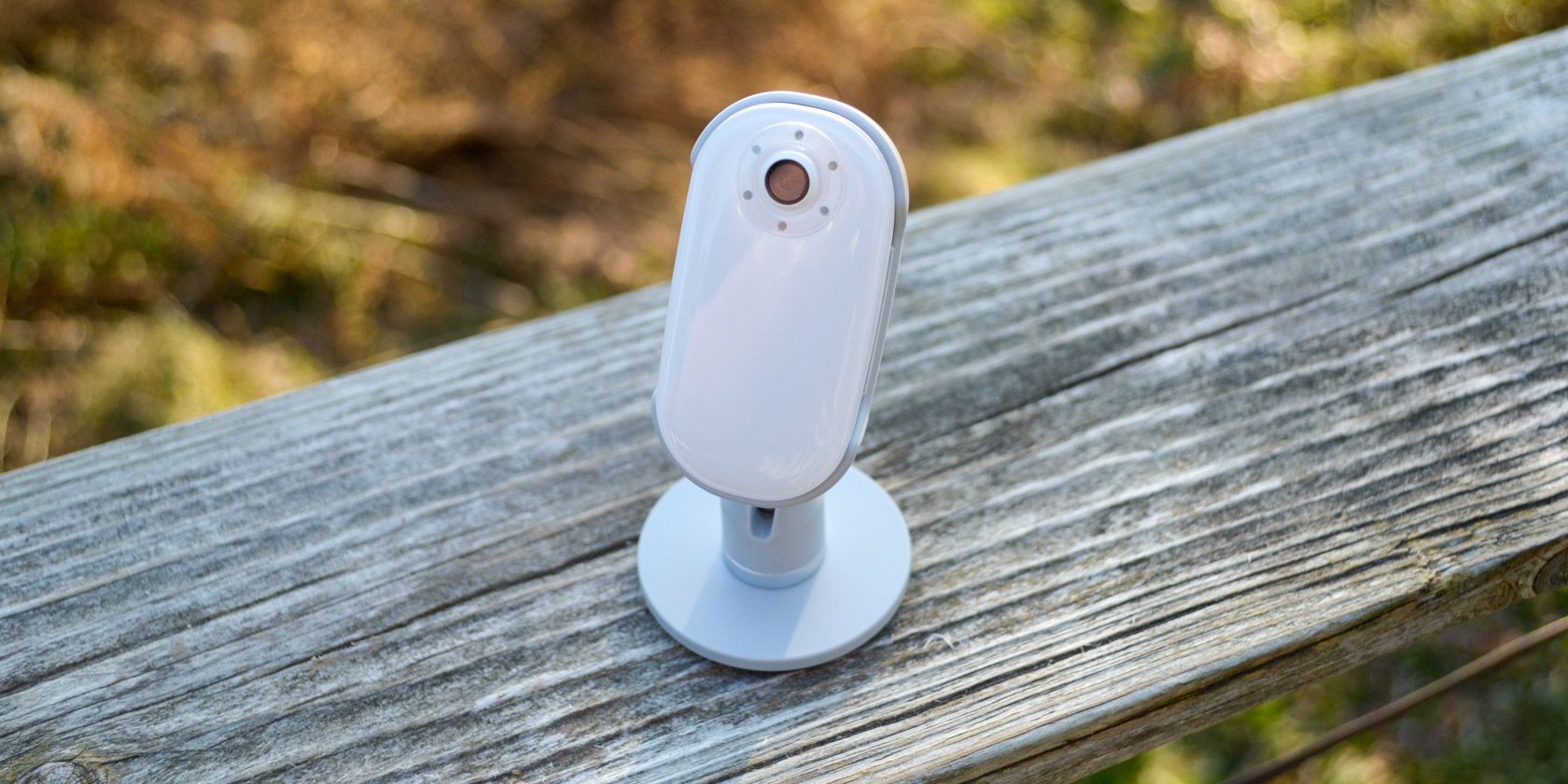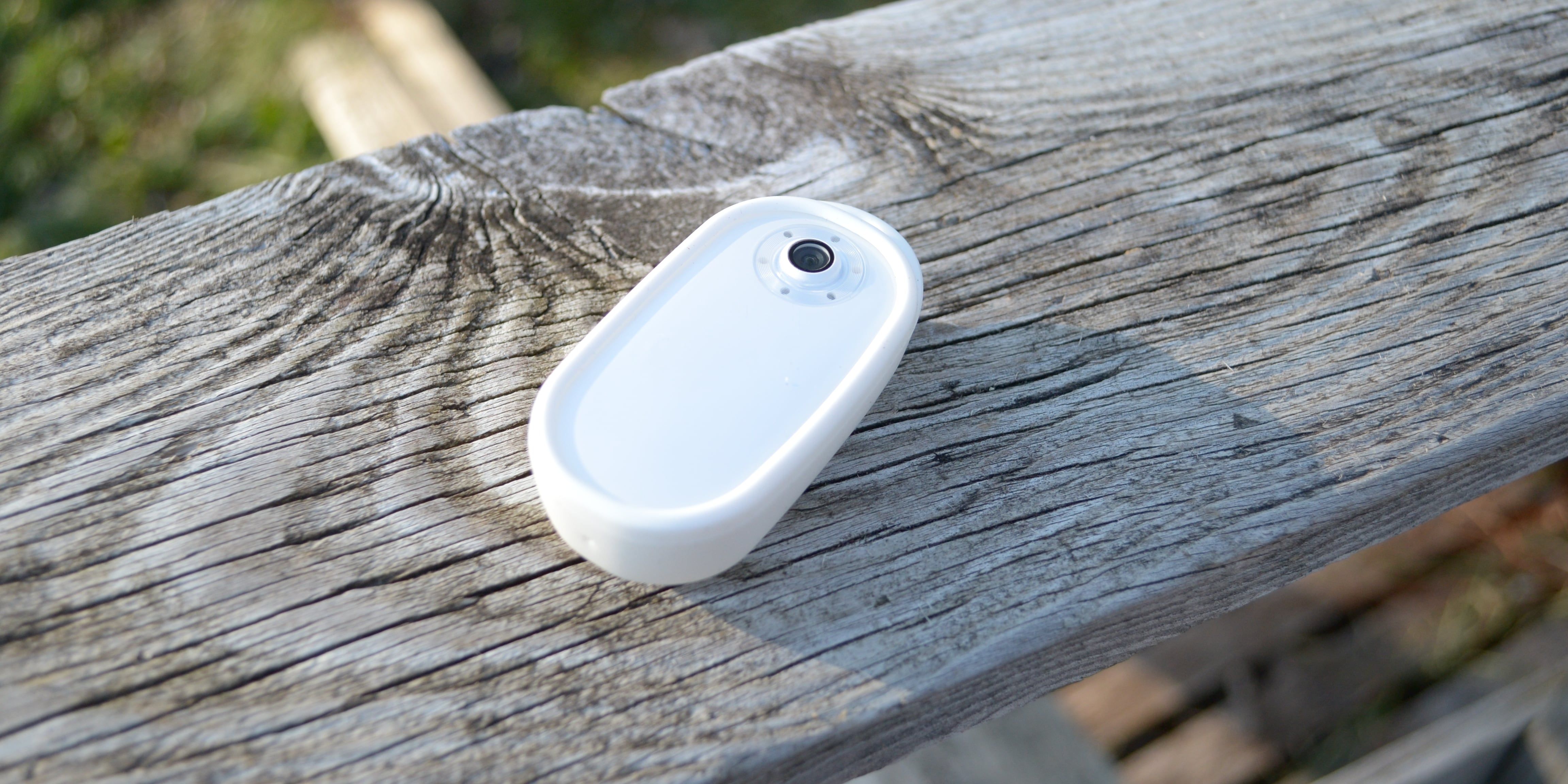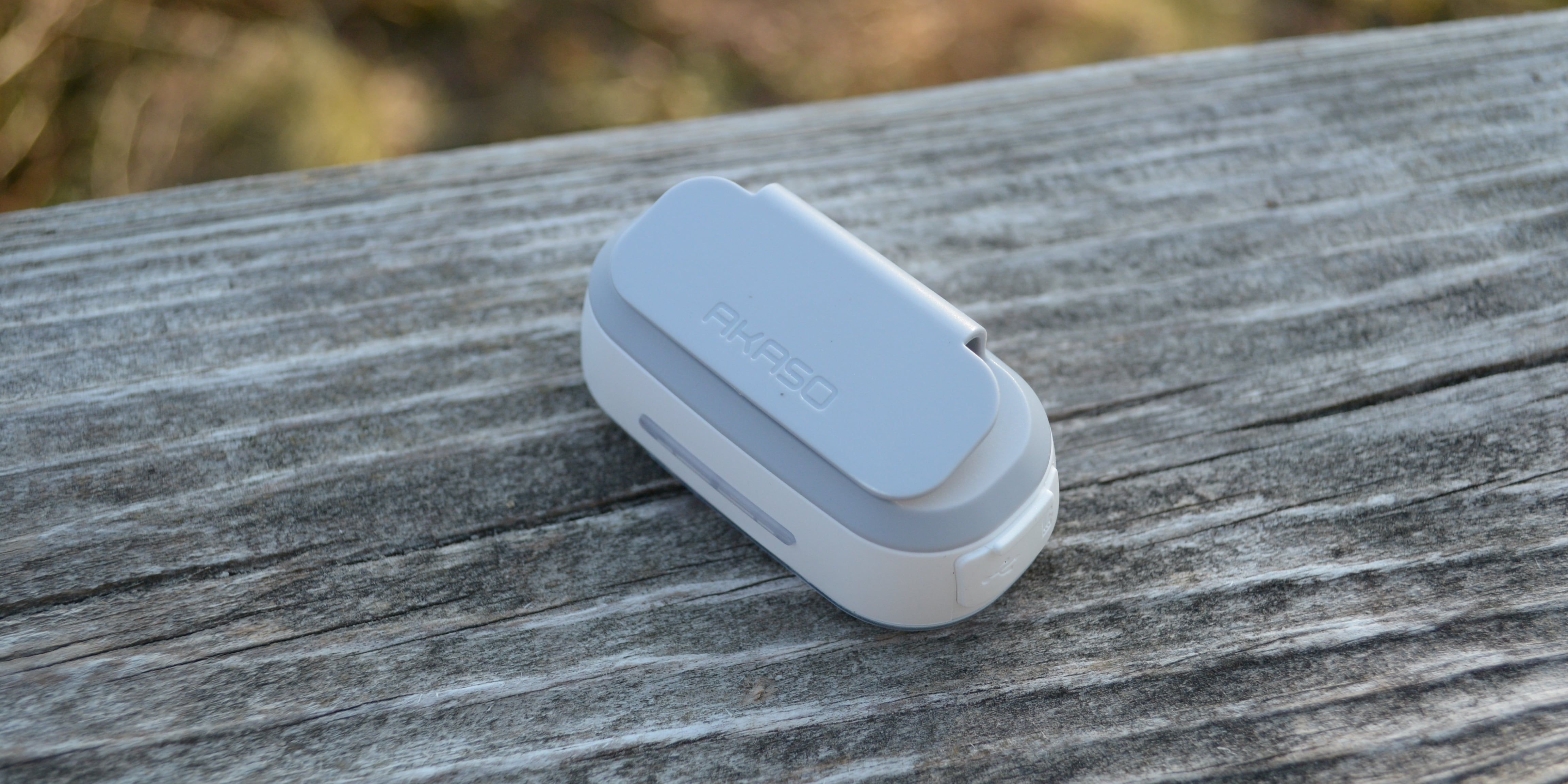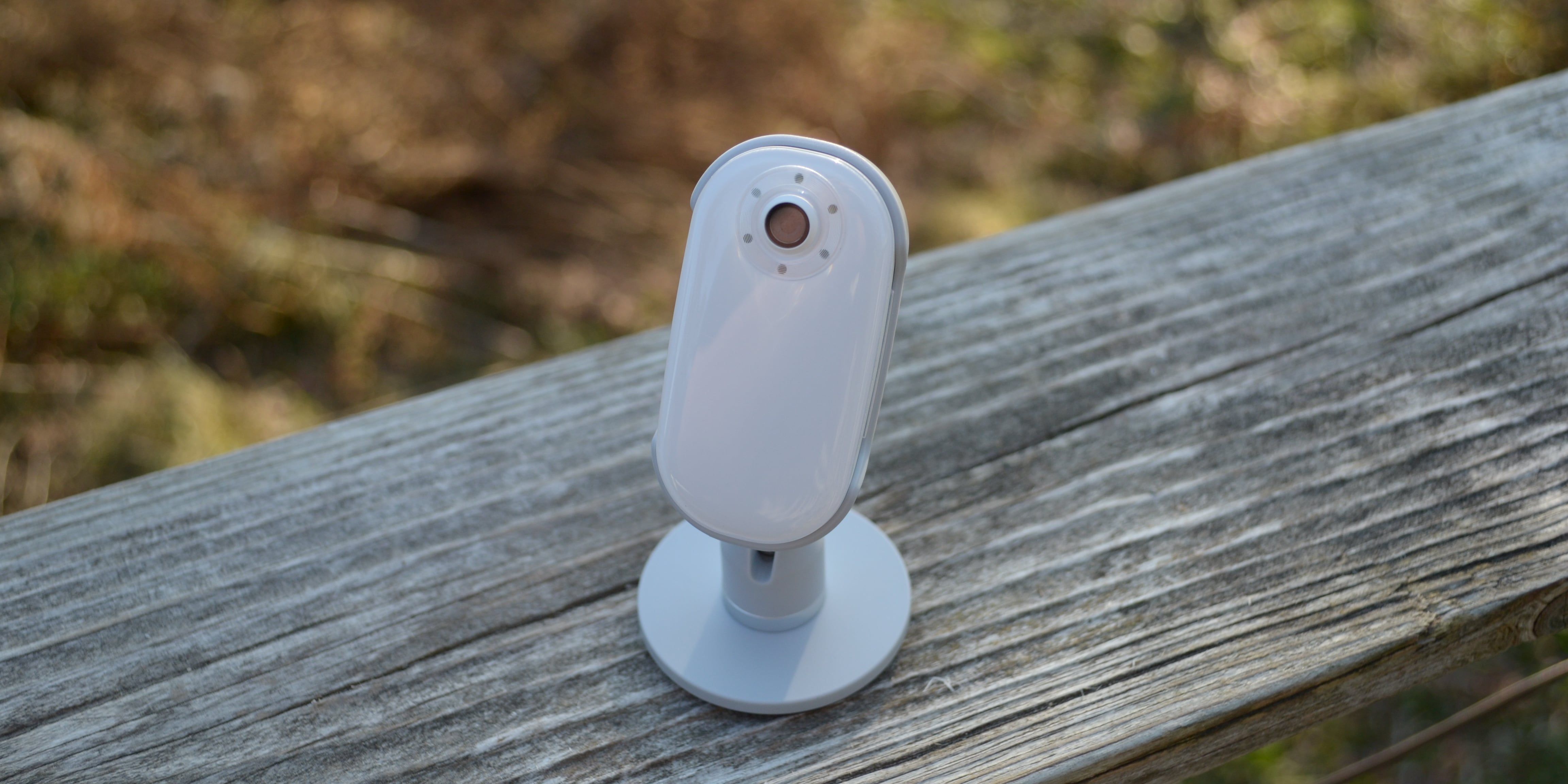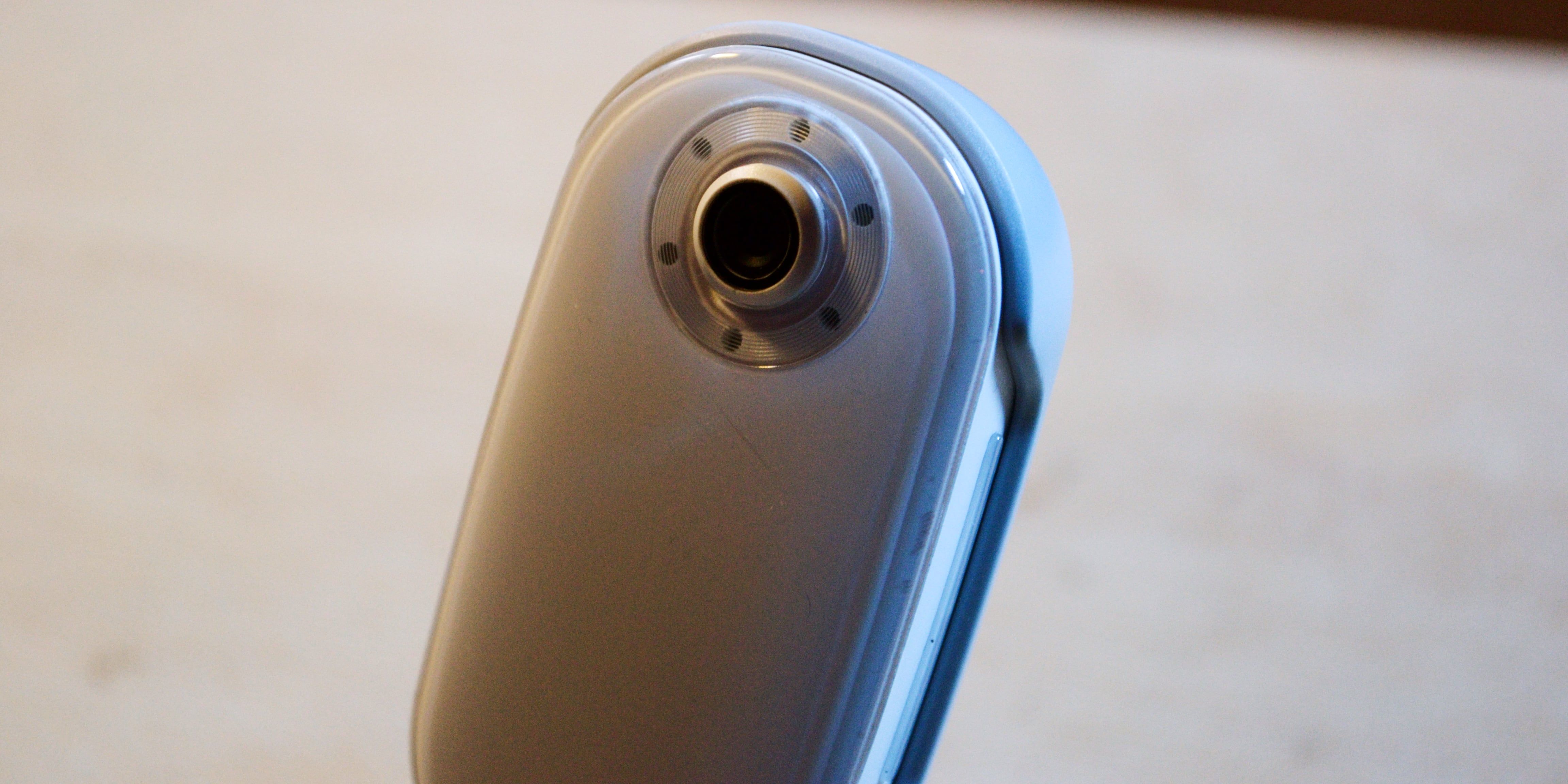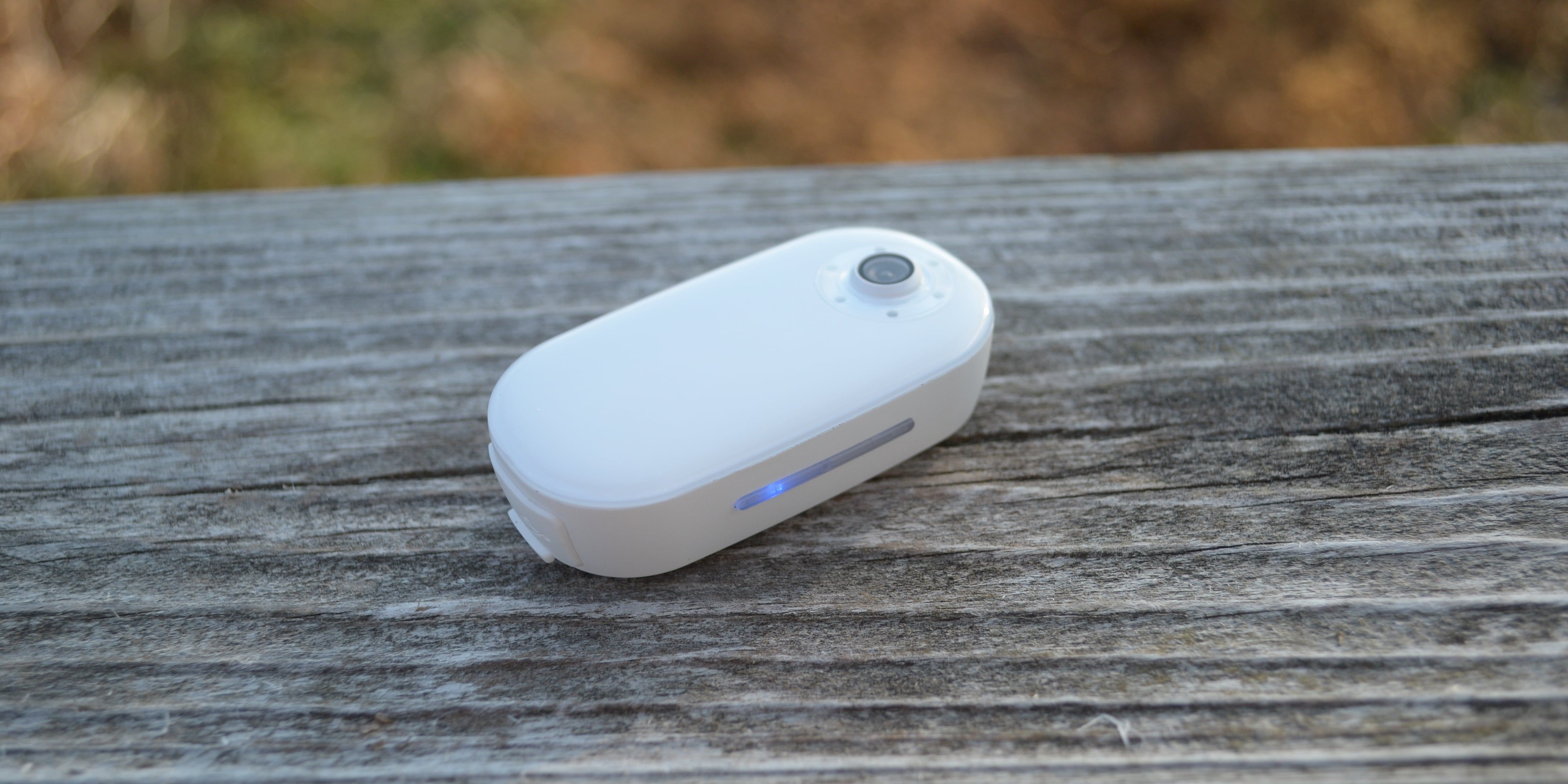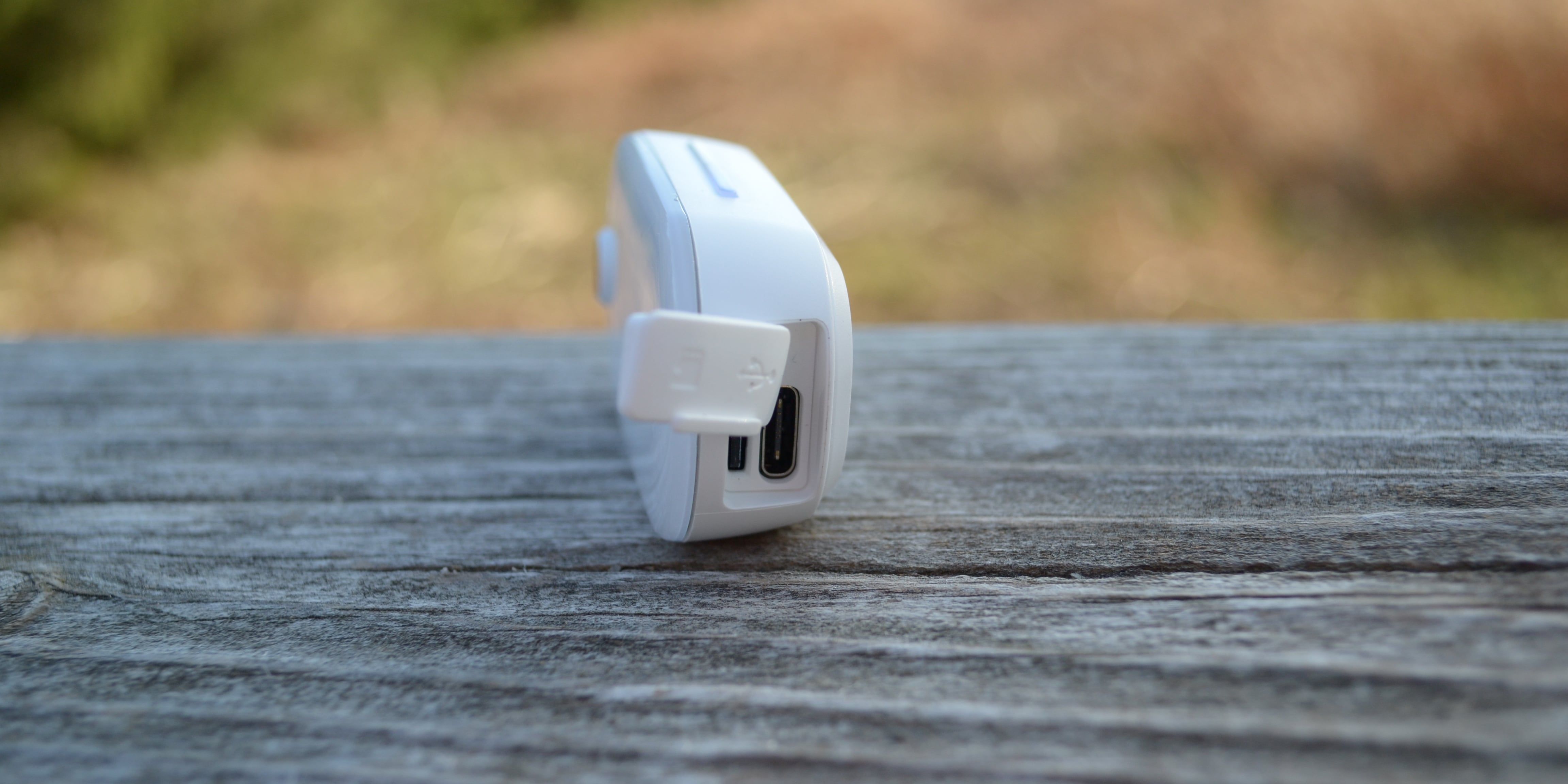AKASO Keychain
Will it make you the next TikTok star? Probably not. But the vertical-shooting Akaso Keychain does have some nifty features for those who live on social media.
- Brand: Akaso
- Sensor Size: 2.2mm
- Video Resolution: 4K
- Photo Resolution: 12MP
- Battery: 60 minutes continuous recording
- Connection: Wi-Fi
- Size: 1.3 x 2.5 x 0.7 incs (33 x 63 x 18mm)
- Weight: 1.3oz (36g)
- Water Resistance: IP56
- Lens: 607 6P, f2.2, 124° wide-angle FOV
- Small size makes it easy to carry
- Variety of fun shooting modes
- Plenty of ways to mount and carry
- Wi-Fi connection is flaky
- Less-than-stellar video and poor still photos
It felt like personal video creation hit its peak with the rise of YouTube, but as TikTok and Instagram Reels shows, it's showing no signs of slowing down. These short-form videos usually come from smartphone cameras, but many of those can come up short when compared to a bespoke camera.
The AKASO Keychain is a camera made for exactly this type of video. With support for 4K video and up to 60FPS (though not both at the same time), it looks like a lot of video power packed into a tiny package. But is it really better than just shooting with your phone?
What's In The Box?
Aside from the camera itself, the box features a few different options for carrying and mounting the Keychain. You get a silicon rubber cover with a hook that lets you clip it to a carabiner or similar, plus a magnetic clip that lets you mount the camera to a strap in order to wear it. You also get another magnetic clip that lets you clip it on your shirt for a "heart view."
The final accessory is perhaps the most useful. A pivoting stand with adhesive backing lets you mount the camera to a table or desk. You can also screw off the base to access a 1/4-inch thread that lets you mount the camera on a tripod.
Who Is The AKASO Keychain For?
It's clear that the AKASO Keychain is meant for YouTube vloggers as well as TikTok and similar social video platforms. While it can shoot standard 16:9 horizontal video, this is only if you turn it on its side. As you may notice, the "standard" orientation for the Keychain puts it standing up the other way.
Use the camera like this, and it shoots portrait-oriented 9:16 video, perfect for TikTok. While video pros are likely cringing reading that sentence, portrait video is getting more popular all the time and AKASO was smart to support and even favor this with the Keychain.
Setting Up The AKASO Keychain
As the Keychain is too small to include much in the way of the functionality on the device itself, you control most of its functions using the AKASO Go companion app on your phone. Before you can do this, you need to pair the camera with the app, which is a little more cumbersome than it could be.
As many devices do now, the Keychain uses Wi-Fi to communicate with your phone. It has its own access point that activates when you turn on the camera and put it into pairing mode.
You then launch the AKASO Go app, which prompts you to connect to the device's "network" before shoving you into your Wi-Fi settings. The Keychain's access point didn't always show up right away, and at least in my experience, I needed to do this every time I turned the camera on.
There are advantages to using Wi-Fi, like being able to easily preview the video you're shooting on your phone, but this setup makes it less easy than it should be to set up and start shooting when inspiration strikes.
Using The AKASO Keychain
The good news is that the initial setup is the toughest part of using the AKASO Keychain. Everything else is easy and relatively straightforward.
After you've connected, you see a relatively simple screen showing you a preview of what the camera sees, plus a big blue button to start recording. On this screen you can choose between recording video and shooting photos. Having a button to do each from the same screen would be slightly easier, but using the toggle is still quick and easy.
Once you start shooting, it's as simple as pointing the camera and checking the screen to make sure everything looks okay. The Wi-Fi connection shows the video without much in the way of delay, but sometimes the connection would cause visual glitches.
This mainly tended to happen when I was shooting outside, and initially, I feared that it was the camera itself glitching. Fortunately, when I transferred the footage from the Micro SD card to my computer, the footage looked fine, so these glitches only affect the preview.
Speaking of the Micro SD card, you'll want to be sure to have one ready and double-check that it's in there. The AKASO Go app only notifies you that a card isn't inserted when you tap the Record button. This means you could take a while to get to a location and set up the perfect shot, then only be reminded that you forgot the Micro SD card when you're finally ready to start shooting.
You can use the AKASO Keychain without a phone, though you'll want to set it up beforehand, as it only shoots in the mode you last used with the app. This is handy, but without the preview, you may end up with poorly framed shots.
Settings
In the Settings section of the AKASO Go app, you're able to set a few important parameters like the resolution and frame rate you're shooting in. This is also where you can turn the Electronic Image Stabilization on and off.
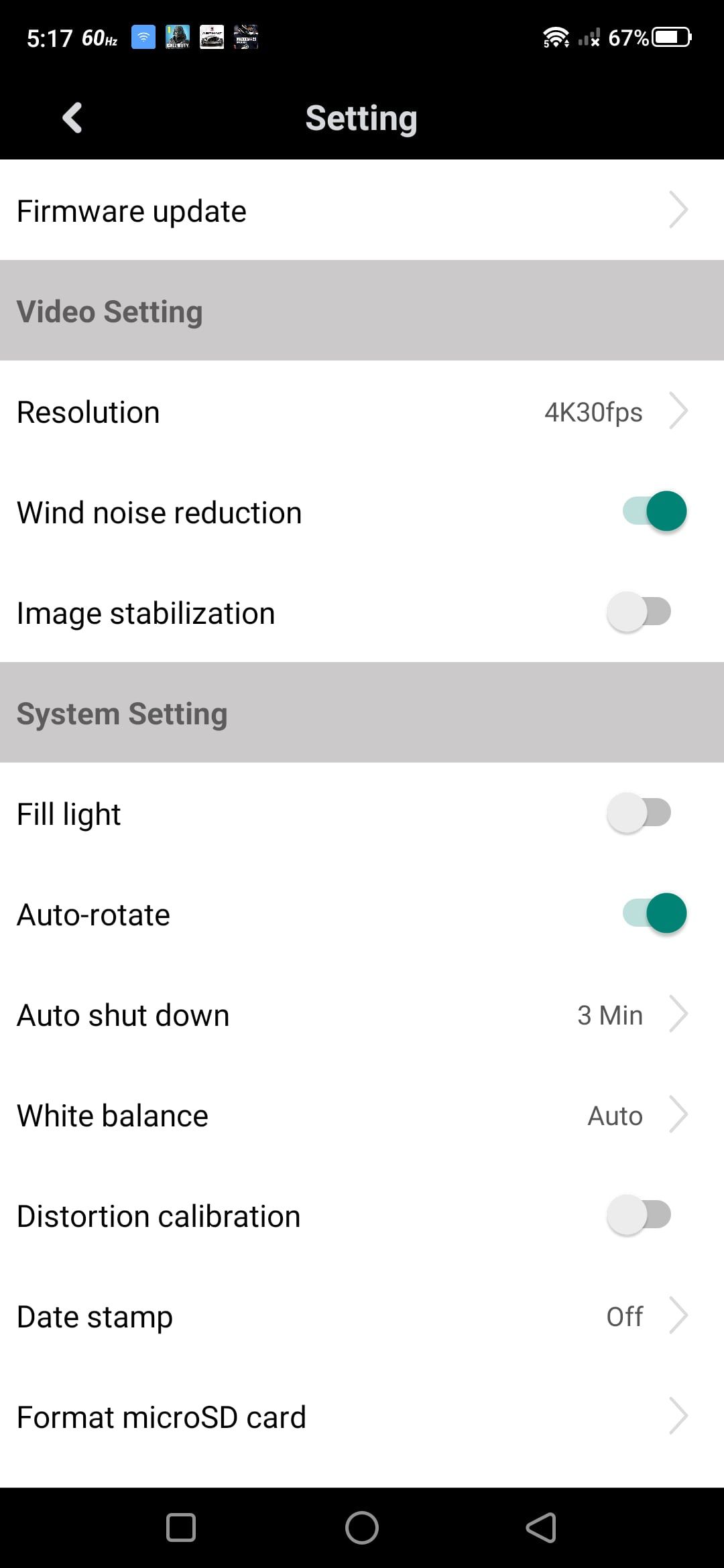
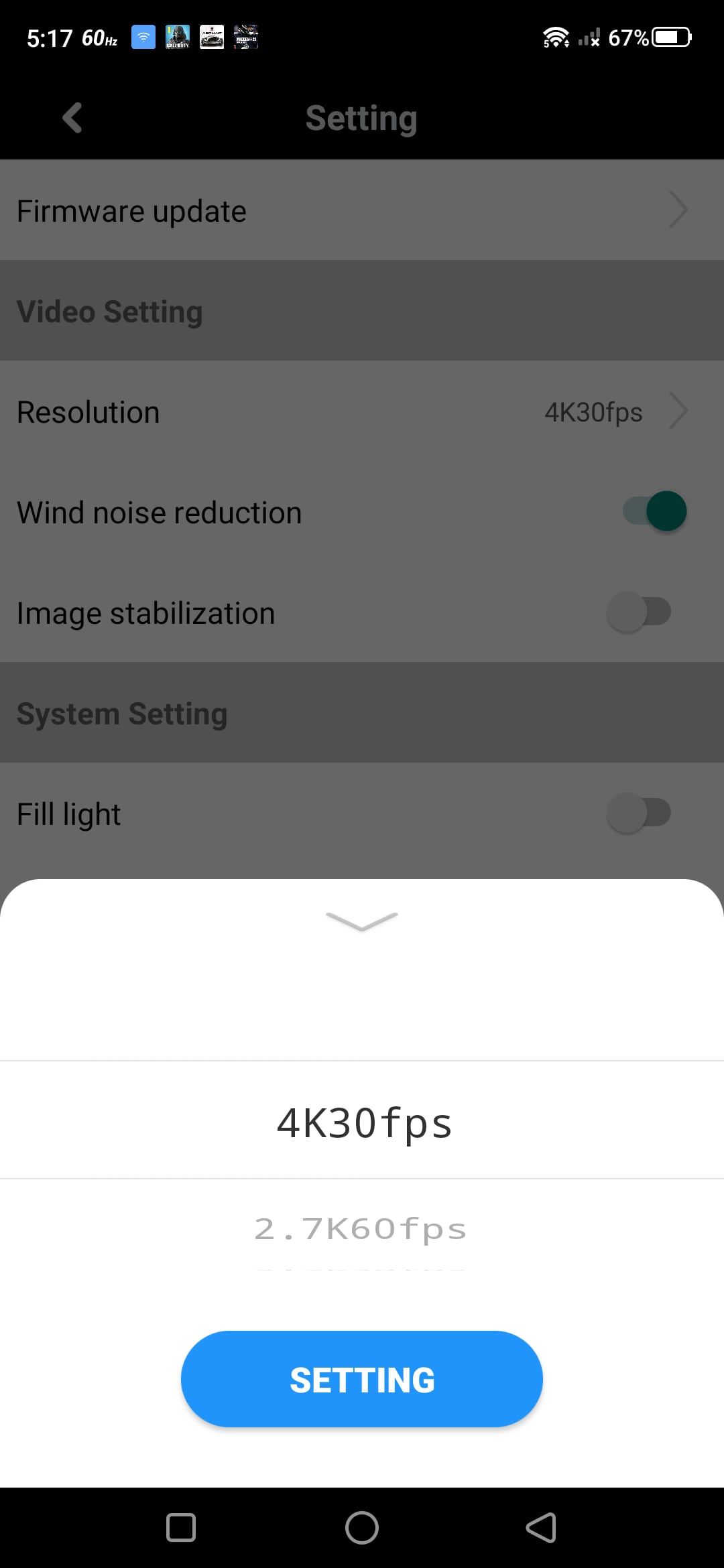
Other options include auto-rotate, white balance, wind noise reduction, and the ability to format the Micro SD card. You'll also find the option to update the firmware, though I wasn't able to test this as no firmware updates were available when I checked.
One option in settings that probably shouldn't have been is the option to turn the fill light (aka. the flash) on or off. This would have been better off as a button or toggle directly on the main screen of the app, especially since there is so little there in the first place.
Video Quality
While the AKASO Keychain can shoot 4K and 60FPS, it doesn't do both at the same time. You need to choose either 4K, or 60FPS at a lower resolution, like 2.7K or 1080P. If you go even lower to 720p, you get the option for 120FPS, which is great for slo-mo video.
It's clear from looking at the videos that this vlog-focused camera wasn't designed around shots with a lot of movement. If you're sitting in a room talking to a camera or showing off your dance moves, it's probably fine, but panning shots against a field with plants moving in the wind brought noticeable artifacts.
The good news is that the EIS on the camera works well. This means that if you've got it mounted on a selfie stick, the subtle motion will be smoothed out well enough. Color is also nice, vivid but not oversaturated.
Where this camera shines is its various shooting modes. Time-lapse is great for speeding up otherwise boring shots or taking a creative spin on your daily routine. The Keychain also supports Loop recording in one minute, three minute, or five minute intervals, letting you capture continuously in search of the perfect moment without filling up your memory card.
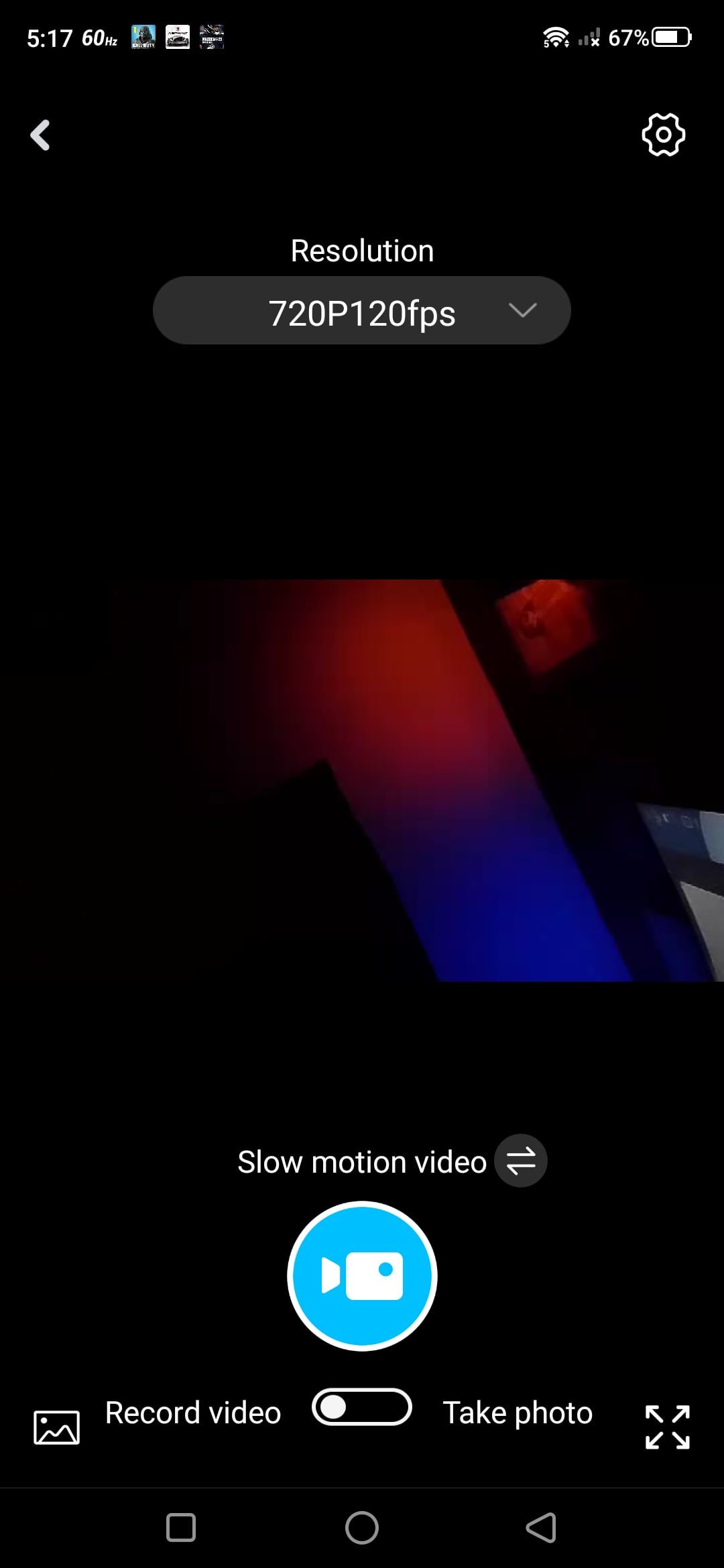
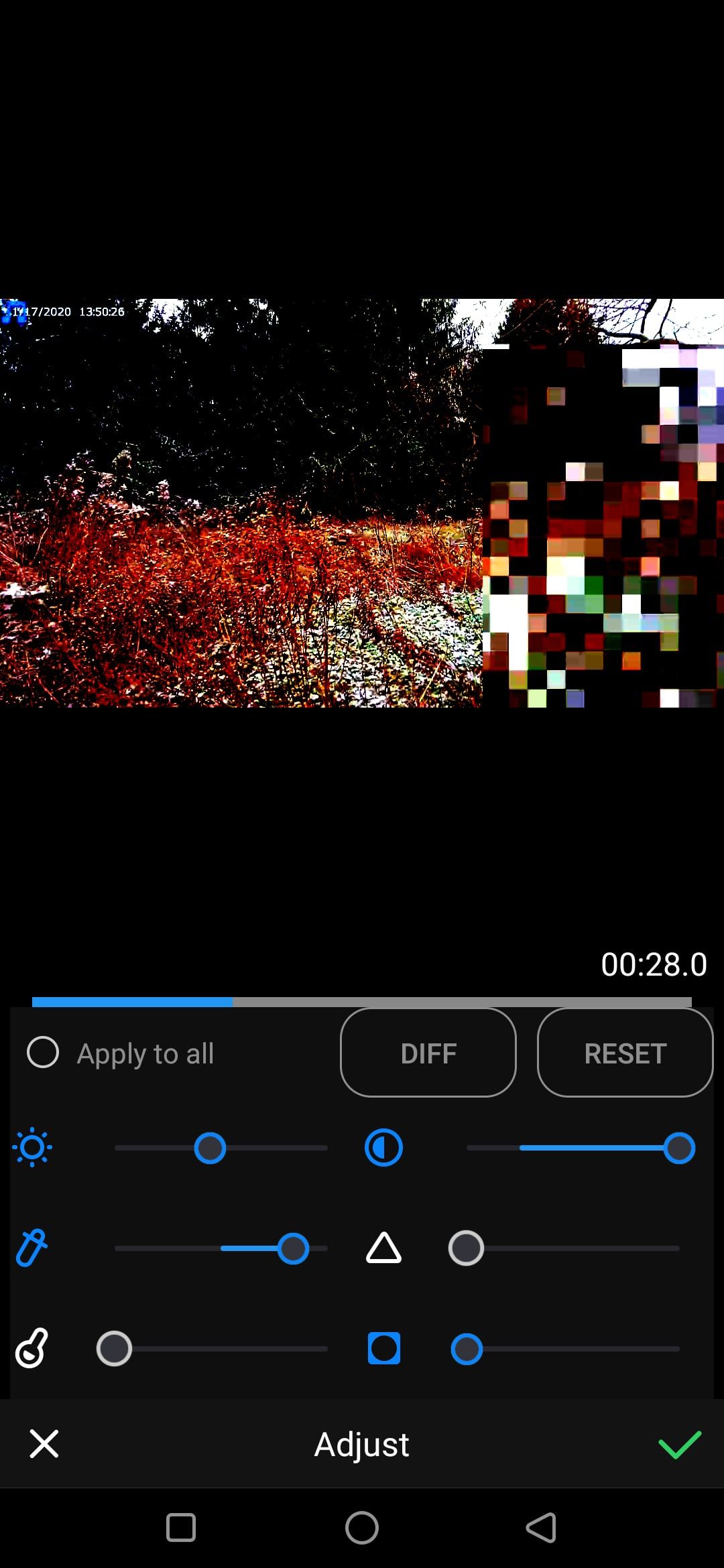
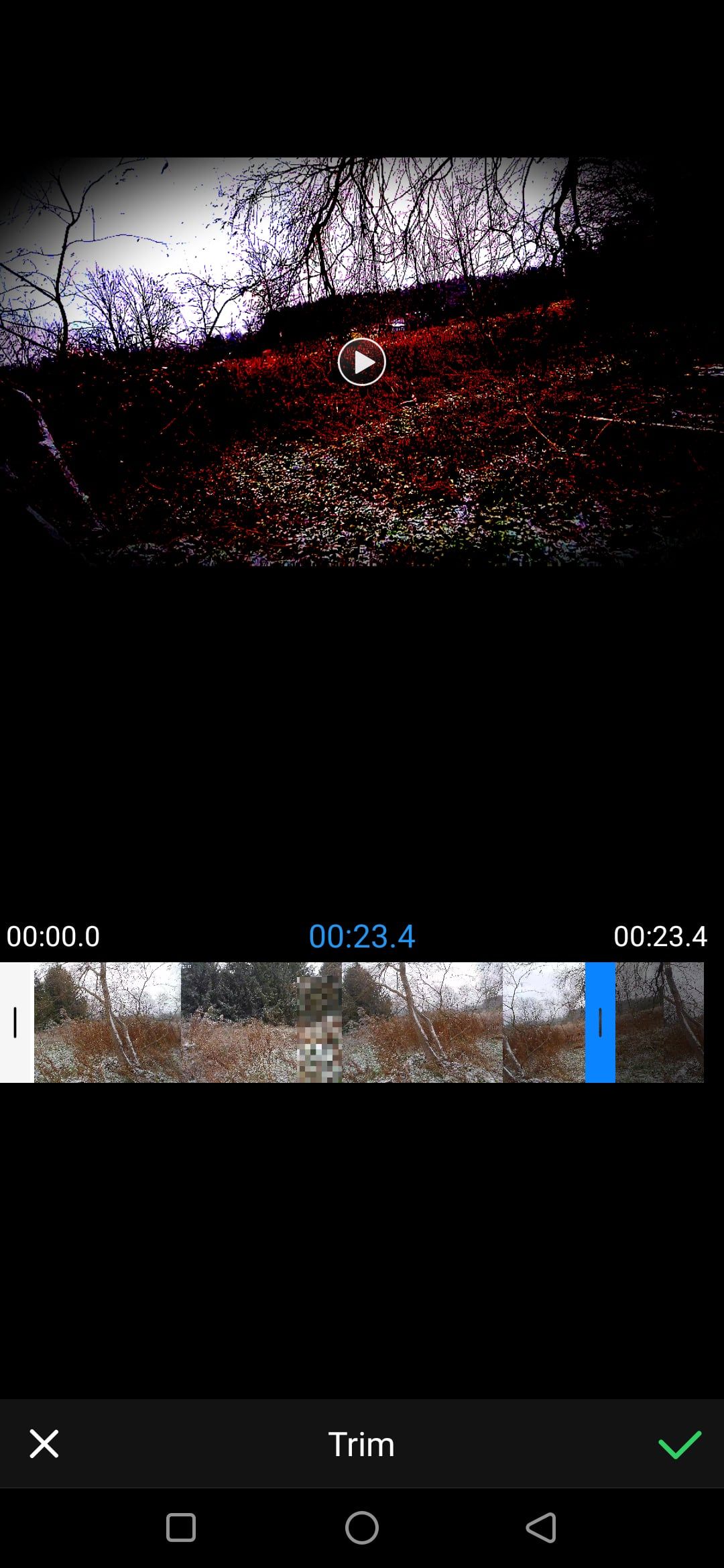
One area the AKASO Keychain struggles is low-light photography, but that shouldn't come as much of a surprise. Many cameras, especially with a sensor this small, would struggle in similar situations. This isn't going to give the Insta360 One-R a run for its money.
Once you're done shooting, you could dump the files to a computer for standard editing, but you don't have to. The AKASO Go app includes built-in editing features, letting you take your video from idea to TikTok in just a few minutes. You can even add subtitles, stickers, picture-in-picture effects, and various effects.
Still Images
The AKASO Keychain also shoots still images, but they're nothing to write home about. While the sensor shoots up to 20MP images, you're probably going to get better results with any halfway decent smartphone or point-and-shoot camera.
Still, it is nice to have the ability to take quick still images on the go. The Keychain supports burst modes, letting you capture a quick flurry of movement across a few seconds and hopefully catch a perfect shot somewhere in the middle.
Should You Buy the AKASO Keychain?
The real question here is how satisfied you are with your phone's built-in camera. If you shoot frequent video and need 4K, or 60FPS at 2.7K or 1080p, the Keychain is a good choice as long as you have a decent lighting setup or shoot outside. If you're taking still pictures, you'll likely want to look for a different camera.
While it may be similar in shape and size this is not an action camera like a GoPro or even the Yi Discovery. The image stabilization works well enough for low-motion, but anything faster can get nauseating quickly. The Insta360 Go is probably the closest competitor, which is designed to easily capture everyday moments. In its defense, AKASO does market this as a "vlog camera," and for that purpose, it works fairly well.
As I mentioned at the top of this review, this is a crowdfunded product through Indiegogo. There is always a level of risk with these and you should keep that in mind if you're thinking about buying one. That said, AKASO is a fairly well-established company and it seems like this campaign is more to gauge interest than something than genuinely needing crowdfunding. Still, if you find this practice shady, you may want to look elsewhere.

